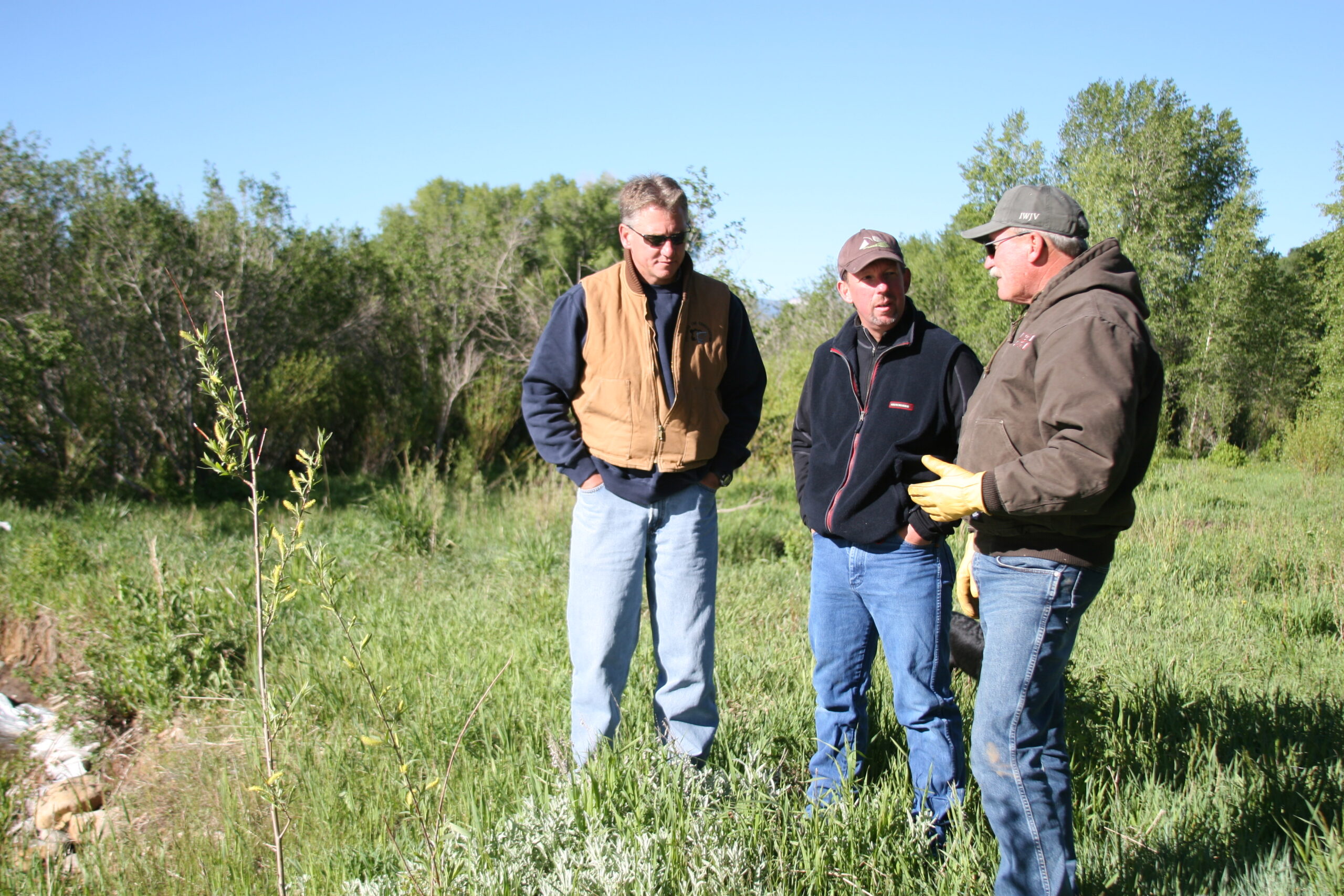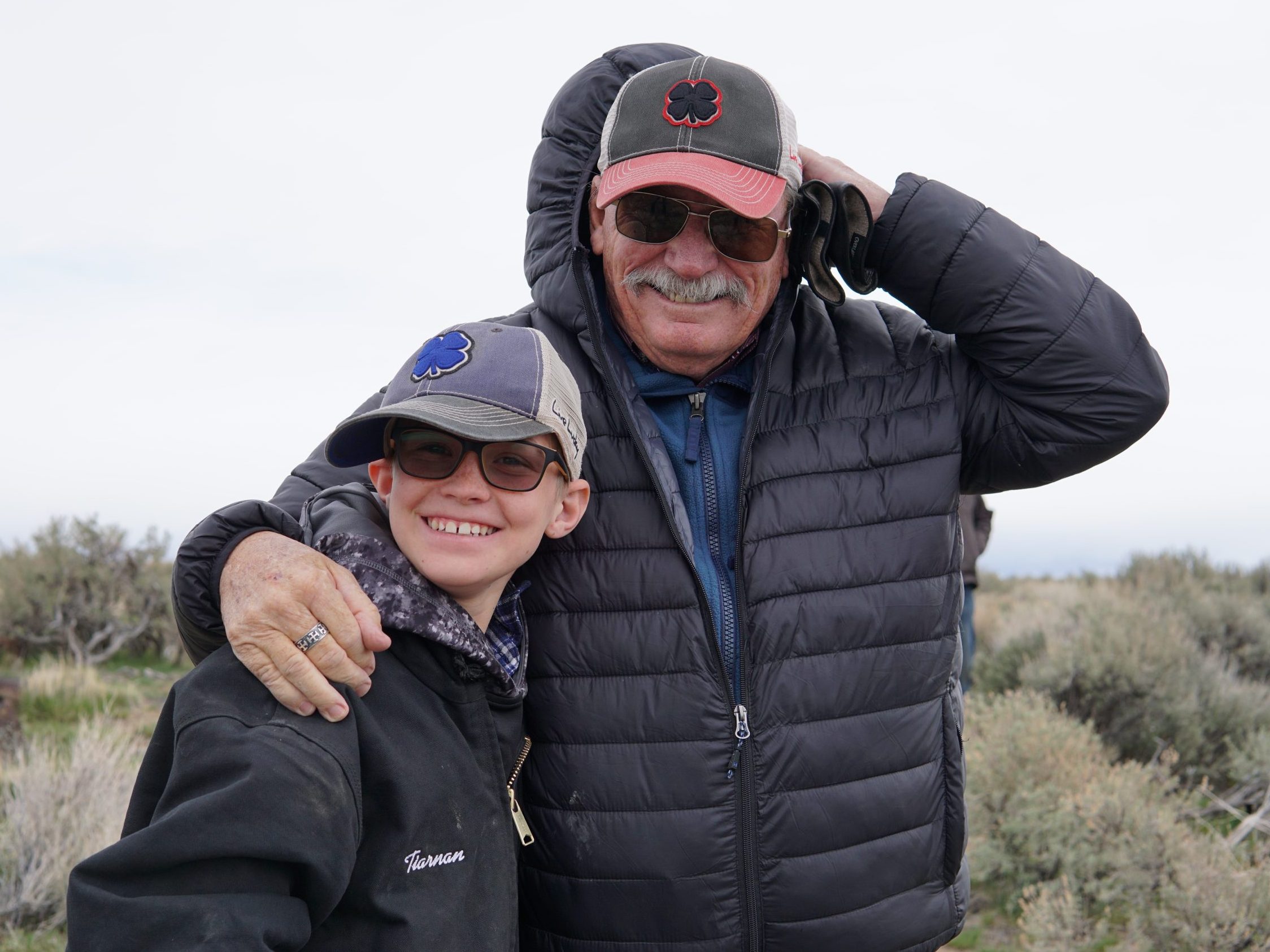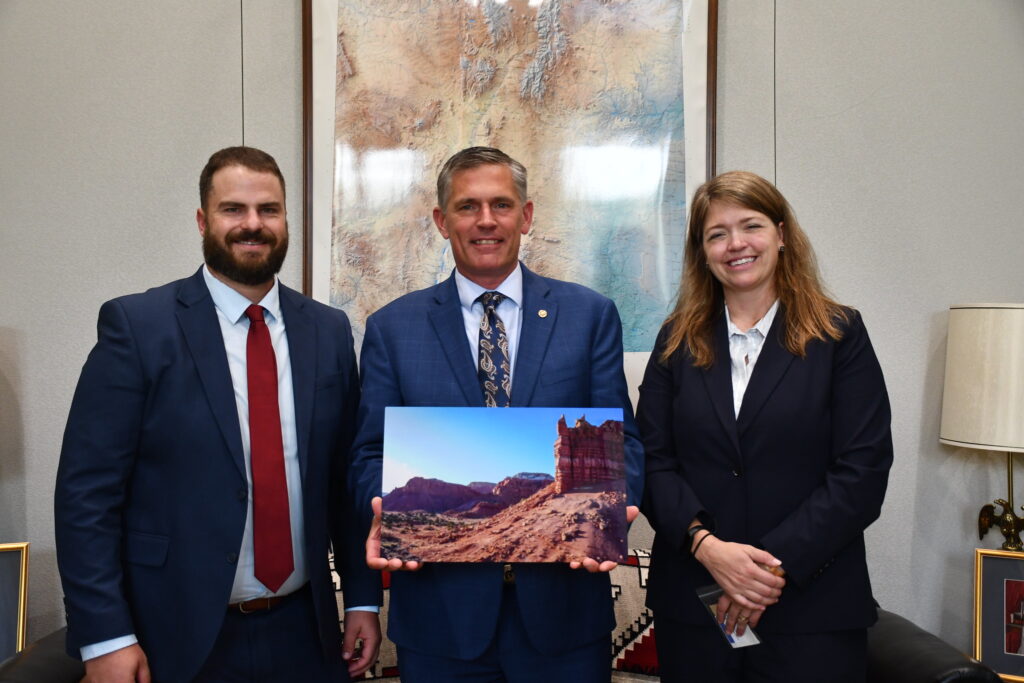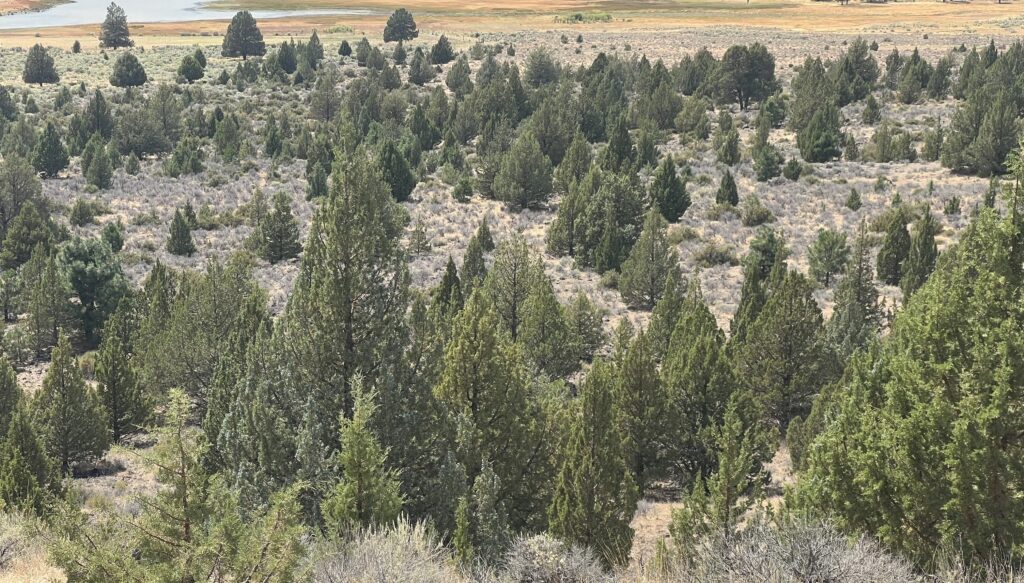Post by Dave Smith, IWJV Coordinator
The Intermountain West Joint Venture family is heartbroken over the recent passing of our longtime leader and friend, Pat O’Toole. He passed away this week after suffering a severe stroke at his home on the Ladder Ranch. Our deepest condolences go out to his wonderful family during these difficult times.
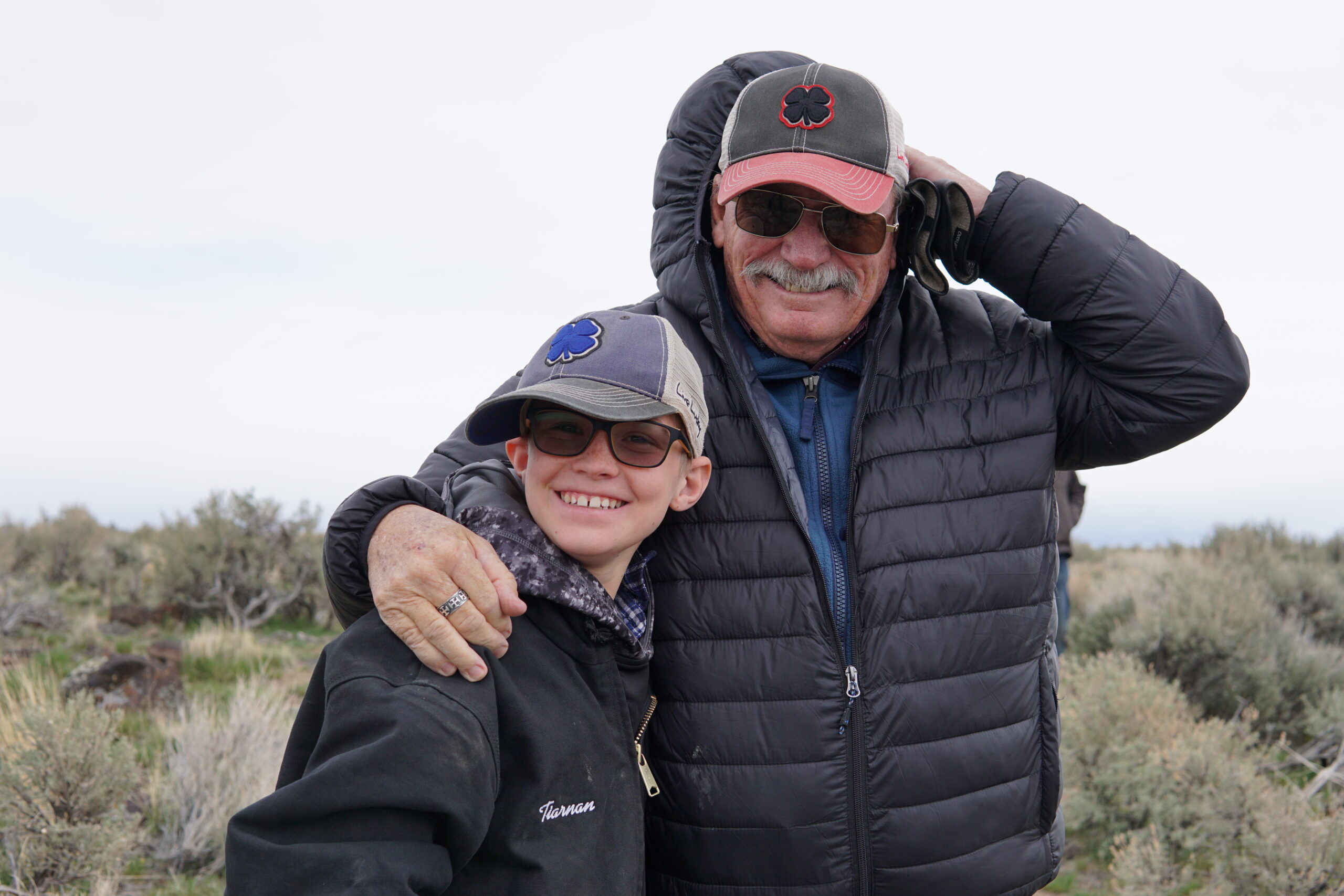
Pat was a visionary, a statesman, and a magnificent spokesman for finding the common ground needed to sustain the intact landscapes, wildlife habitats, and agricultural communities of the West. He was a fixture on the IWJV Management Board for 13 years, served a two-year term as our Chair from 2021-2023, planted the vision for our Water 4 initiative, and was an incredible presence on our Government Relations Committee, leading many impactful Hill Visit Fly-Ins to Washington, DC. He was clearly one of the greatest conservation and agricultural leaders from the West of our generation. His legacy will live on in the hearts, minds, and souls of so many of us that he touched.
Pat was incredibly unique in that he had vast array of connections at the highest levels of American government and on Capitol Hill yet was always excited to listen and learn from the people at the ground level in the West. He utilized the diverse perspectives he relentlessly sought and attained to forge powerful alliances and bipartisan solutions. Pat’s political savvy was abundantly evident in the halls of Congress–he knew how to get things done–but he grounded his messages in the rich color of the people, places, and challenges of life in the rural West.
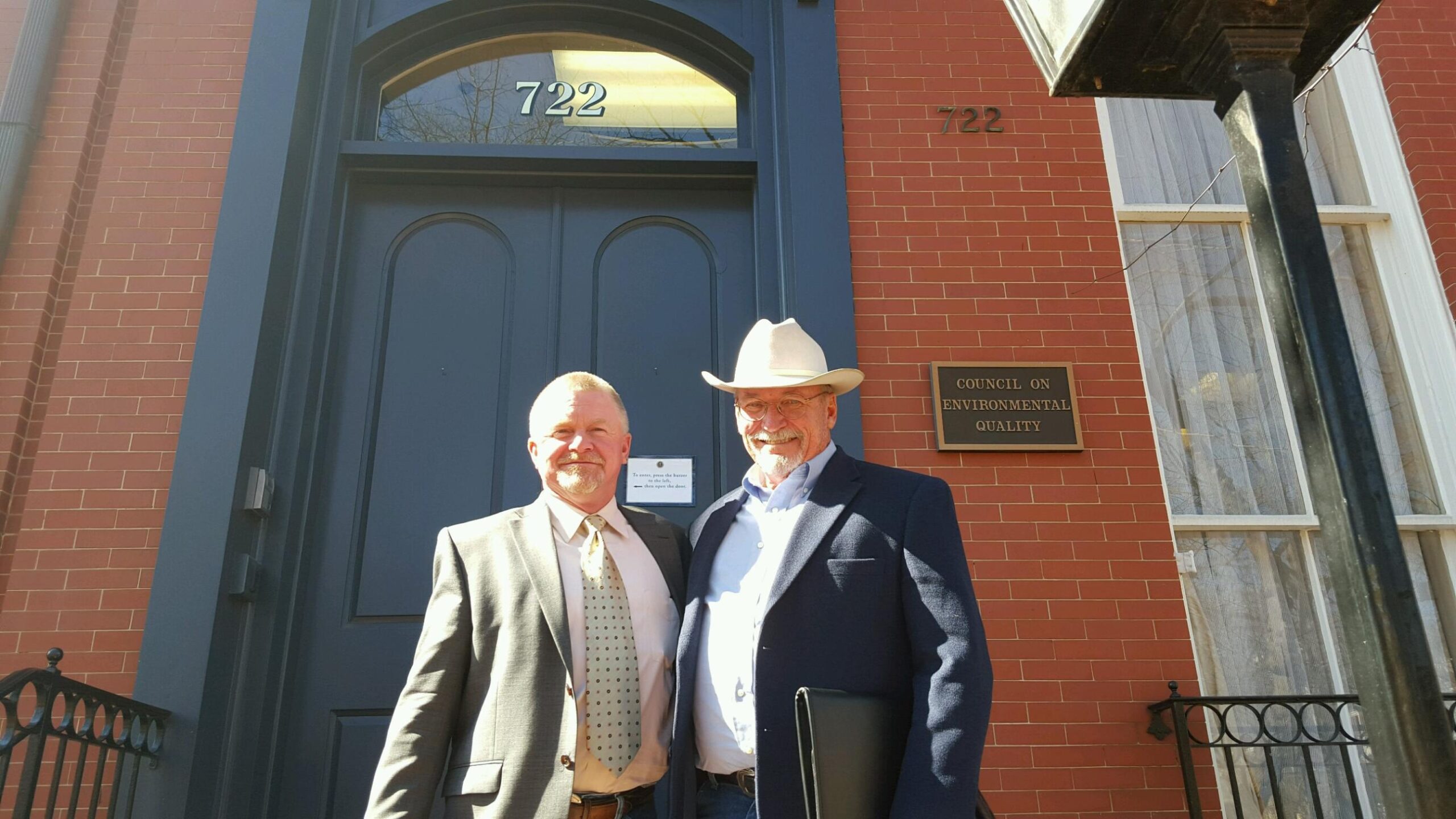
At Pat’s core was an incredible love for his family, the land, and the legacy of their sixth-generation Ladder Ranch on the Wyoming-Colorado border. He held an unwavering belief that the future of some of the most remarkable landscapes of the West–complete with their waters and abundant wildlife populations–was deeply intertwined with the plight of agricultural families and their rural communities. This ethic was rooted in the principle that land and water management is an art form that requires listening, observing, learning, and sharing over generations.
Pat took the message of the interconnectedness of ecosystems, landscapes, and agricultural people on a relentless barnstorming tour, for decades, that includes frequent stops on Capitol Hill, the halls of the federal natural resource departmental and agency buildings in DC, and climate conferences on the global stage. The discussions in these high-level meetings and around the IWJV Management Board table would always come back to a point of agreement: The threats to the wildlife habitat and the ecosystems of the West–invasive annual grasses and conifer encroachment in the sagebrush, climate change and water scarcity, declining forest health–all point to a need for proactive, science-based conservation at a pace and scale that matches the challenges. Pat instinctively knew that the technology of conservation existed and that all the things that needed to be done were possible, but it would take the will of the people to work together in partnerships with a relentless commitment of time and energy, as he would put it, to sustain the West that we want, and we deserve. Ground zero in his thought process was that the agricultural families, and the same applied to his friends within Tribal Nations, that had lived and worked for generations in some of the harshest environments of the West, were the key to the future because they intimately knew and loved the land in these grand landscapes. The strategic conservation of wildlife habitats, rivers, and forests was child’s play compared to the challenges of everyday life in dealing with devastating winters, wretched droughts, catastrophic wildfires, and volatile markets. He whole-heartedly embraced the task of habitat conservation. Pat’s common refrain: “If not by us, then who?”
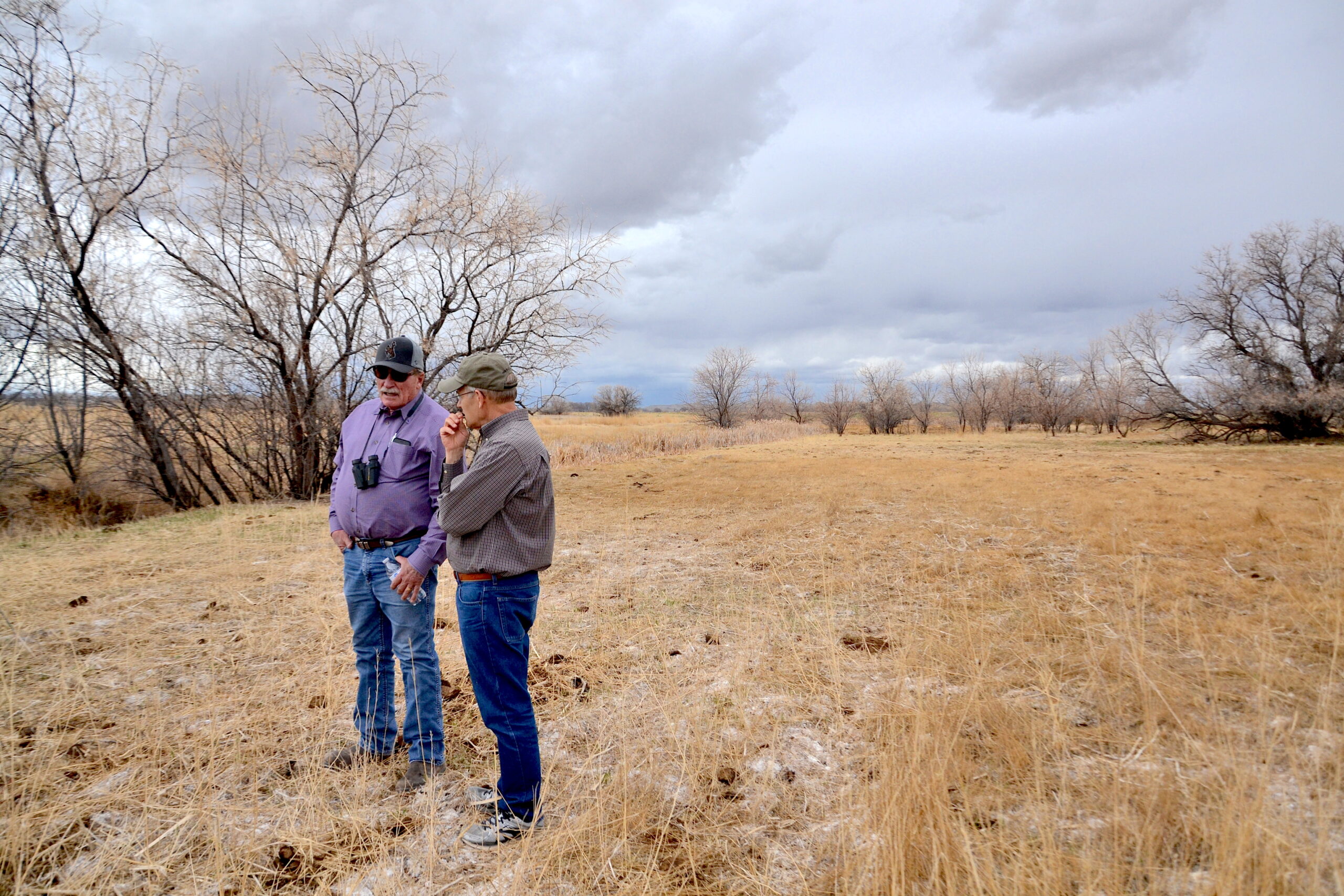
The IWJV learned through a series of comprehensive research projects over the past decade that sandhill cranes, northern pintails, white-faced ibis, and other wetland-dependent migratory birds are highly dependent on flood-irrigated grass-hay habitats provided by ranchers irrigating historic floodplains for forage production in the intermountain valleys. These irrigated lands make up the bulk of the managed surface water wetland habitat in the Intermountain West. Pat had a great curiosity and likely sensed this finding decades prior to the advent of spatial modeling that quantified the results. So, equipped with data, he enthusiastically told this Water 4 flood irrigation story to anyone that would listen, often generating statements of agreement and support from the most unlikely proponents of irrigated agriculture water use. This led to a strong relationships between the IWJV and Family Farm Alliance, where he served at president for 19 years.
Above all, Pat was a dear friend to so many of us within the IWJV staff, Management Board, and partnership. His grin lit up our days and his phone calls, like clockwork, spurred philosophical discussions that shaped our strategic plan and defined our conservation partnership. Most of all, Pat relentlessly reminded everyone that we can have highly functioning natural landscapes, abundant wildlife and fisheries populations, and people living and working the land for many more generations. His family’s own work and the quality of the habitat on the Ladder Ranch is living proof of that testimony.
We have lost a grand conservation icon and, most importantly, a true friend. But there’s no doubt in my mind what Pat would want from us via his new perch: Full speed ahead. We’ll be in DC next week carrying on Pat’s legacy with his incredible 19-year-old granddaughter, Siobhan Lally, and an amazing team of our crew from the IWJV. Walking out of every meeting, I’ll see the twinkle in his eye and Pat’s grand smile.
